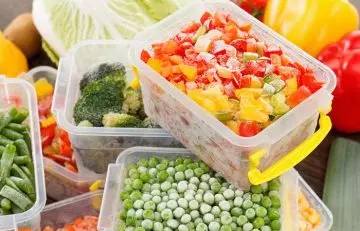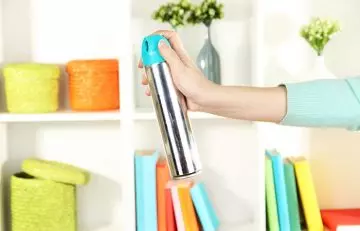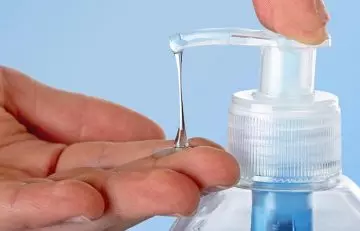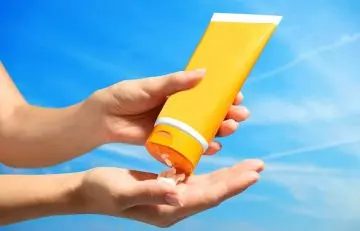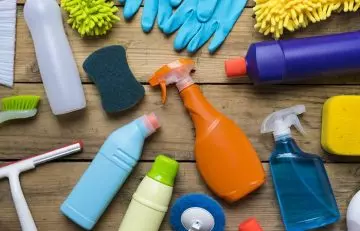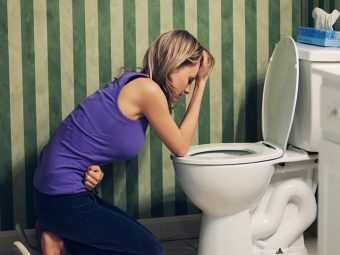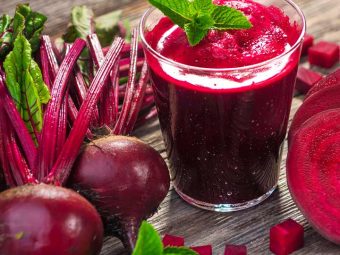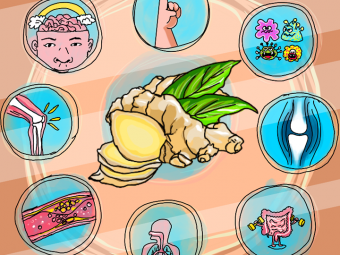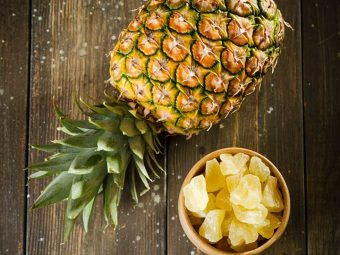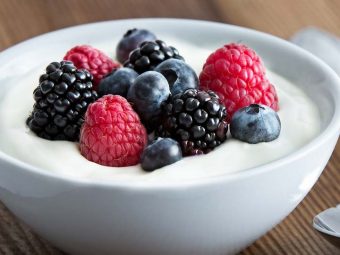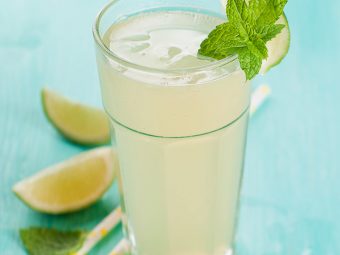7 Dangerous Household Items You Should Throw Away Now
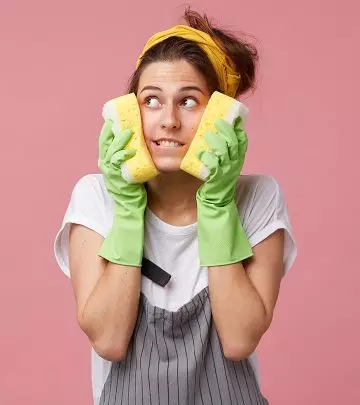
Image: Shutterstock
Could your brand of shampoo or choice of cookware be damaging your health without your knowledge?
There is mounting evidence in the recent years that the chemicals found in our everyday products may actually be causing more harm than good. In fact, they very well could be the guilty culprits contributing to humanity’s raised susceptibility to infertility, cancer and even birth defects.
Case in point: the US, Centers for Disease Control and Prevention (CDC) is now keeping a watch on a whopping 298 chemicals found in our immediate environment that have made their way into humans via consumer products (1). Several of these can accumulate in the human body over time, leading to sickness.
Let’s be real. Unless you pledge to go live on a hilltop as a hermit, your chances of avoiding exposure to every environmental chemical in the big bad world are close to impossible. The next best thing, really, is to get rid of as many potential toxins you may have unwittingly brought into your homes.
If you value your health, here are 7 household items that you may want to steer clear of purchasing or simply toss out!
1. Plastic Food Containers
Have you noticed how those clear plastic food containers start turning cloudy once they’ve been through your dishwasher after a couple of times? This is because plastic tend to break down after a period.
This degradation leads to the release of certain dangerous chemicals that can inevitably enter your food. Many plastic food containers contain “phthalates” that can act as EDCs, or endocrine-disrupting chemicals (2, 3, 4, 5, 6).
Solution? Switch to glass containers for food storage.
2. Air Fresheners
Whatever you inhale invariably enters your bloodstream. It’s simple physiology, people! Hence, it’s not that surprising that the chemical constituents of artificial air fresheners, plug-in scents and even those oh-so-tempting synthetically scented candles that are now such a fad, all end up in the human body. One of the most dangerous ingredients to watch out for is- you guessed it- phthalates that have been widely linked to reproductive problems (7, 8).
Solution? Try using old-school flowers or candles scented with essential oils instead or alternatively make your own white vinegar and baking soda odor absorber!
3. Nonstick Pans
Most nonstick pans happen to contain traces of a dangerous chemical known as PFOA or, perfluorooctanoic acid, that can chip away and enter your meals. Studies conducted on lab animals as well as data gathered from public has shown that high levels of PFOA exposure could lead to kidney and testicular cancer, liver damage, thyroid disease, ulcerative colitis, change cholesterol levels and blood pressure, and it could also harm your unborn child (9, 10, 11, 12).
Solution? Use stainless steel or cast iron cookware instead.
4. Antiperspirants
Several antiperspirants utilize aluminum-based compounds along with other chemicals that are inexorably absorbed into our sweat glands. Currently, there are several studies being conducted on the potential damage antiperspirants can wreak on your health, such as its link to breast cancer and even Alzheimer’s disease (13, 14, 15).
Solution? In the meantime, it’s best to opt for paraben-free, natural deodorant sprays and sticks available in the market.
5. Antibacterial Soaps
According to the U.S. Food and Drug Administration, there isn’t sufficient scientific evidence to support claims that commercially available antibacterial soaps are superior to plain water and regular soap in terms of illness prevention. In fact, most antibacterial soaps contain ‘triclosan’, which is actually responsible for making bacteria even more resistant to antibiotics (16).
Solution? Opt for old-school plain water and soap, please!
6. Sunscreens Containing Oxybenzone
Not only was Oxybenzone infamously named the “Allergen of the year” in 2014 by the American Contact Dermatitis Society, but it is also thought to be an endocrine-disrupting chemical that has been linked to hormonal disruption that can potentially lead to skin cancer (17, 18). On top of all of that, there have also been studies that have found a link between oxybenzone’s estrogenic effects and male infertility (19).
Solution? At the moment, the safest available sunscreens in the market are those made from minerals such as titanium dioxide and zinc oxide. However, be warned these can be rather expensive.
7. Cleaning Products
The most dangerous of cleaning products are the corrosive oven cleaners; drain cleaners and also those acidic toilet bowl disinfectants. They usually contain ammonia and chlorine, which are responsible for the production of horrible fumes that irritate the eyes and the linings of your nose, throat, and lungs. Which is why asthma patients and those suffering from allergies usually avoid them. There are also reports of low-toxicity chemicals like diethanolamine (DEA) and triethanolamine (TEA) as being linked to male infertility and cancer (20).
Obviously, it may not be possible for you to toss all the above-listed items from your home at once. However, a more practical alternative would be to try swapping each item with a safer replacement instead.
Even a small step at minimizing your chemical exposure can make a big difference. Stay healthy!

